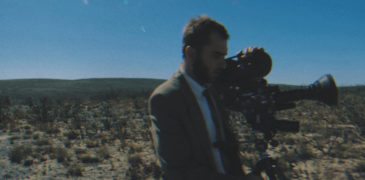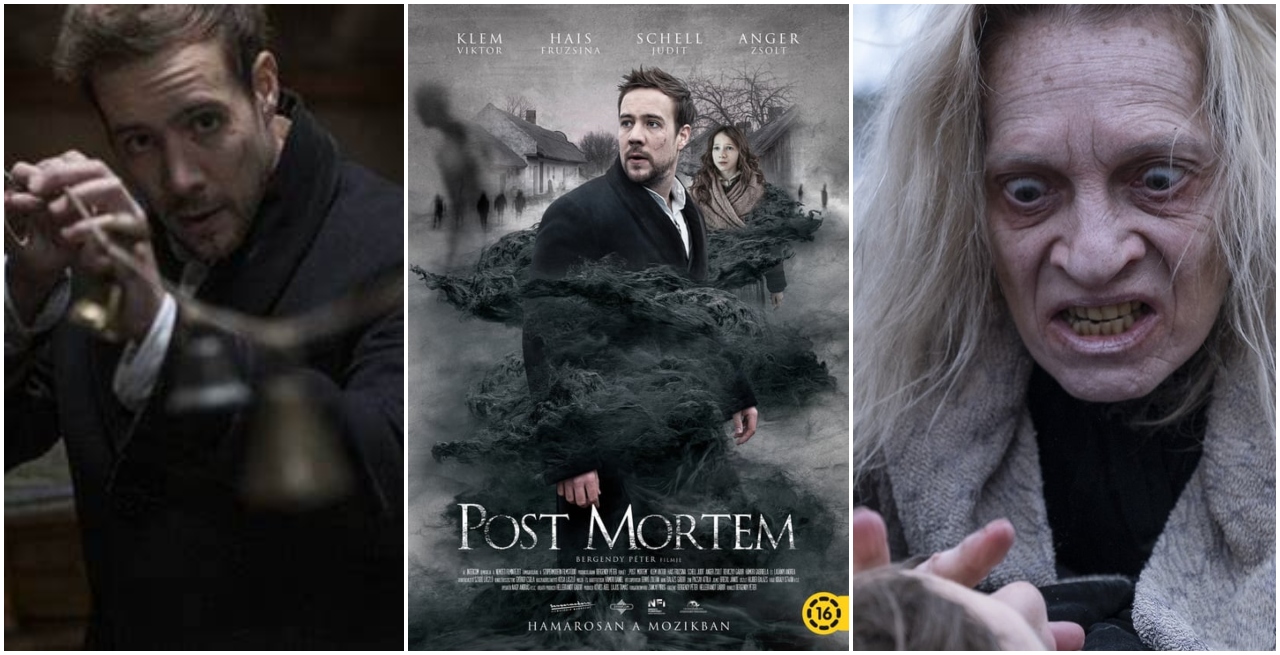
Post Mortem (2020), Hungary’s first horror movie of international acclaim, is one of the best ghost stories I’ve ever watched. With scenes that rival Frances Ford Coppola’s ability to create atmosphere, Post Mortem explores death and the macabre in such a way that the viewer may get so wrapped up in the story that they forget they are watching a horror. It’s a study of human psychology through the lens of WW1/Spanish Flu survivors living in a remote village with an unseen evil.
Peter Bergendy, (Co-writer/Director) fell in love with horrors as a child in Hungary under a regime that had banned the genre, watching every Super 8 version of North American blockbusters he could get his hands on. He received a degree in Psychology (with his thesis on horror film psychology), and went on to become an award-winning director of television commercials and several feature films. When the ban on horror movies was lifted, he joined co-writer Gabor Hellebrandt and screenplay writer Piros Zankay to develop Hungary’s first horror film, Post Mortem. It opened in October 2020 at the Warsaw Film Festival and has been shown at 24 festivals since (including Frightfest UK 2021 and most recently Toronto After Dark Film Festival 2021).
Post Mortem opens with the horrific scene of a World War 1 battlefield where mutilated corpses of Hungarian soldiers are being piled into death pits while their troop is being shelled. Tomas (Viktor Klem), believed dead, is dragged into one of these pits where he has a vision of a young woman floating above him. Someone notices him twitching and pulls him out, reviving him from a near death experience. The scene cuts to a post-war village where Tomas is working as a post mortem photographer with a caravan of performers. The year is 1918 and the Spanish Flu is further reducing the already decimated population of war-torn Hungary with a vengeance. Death is everywhere.
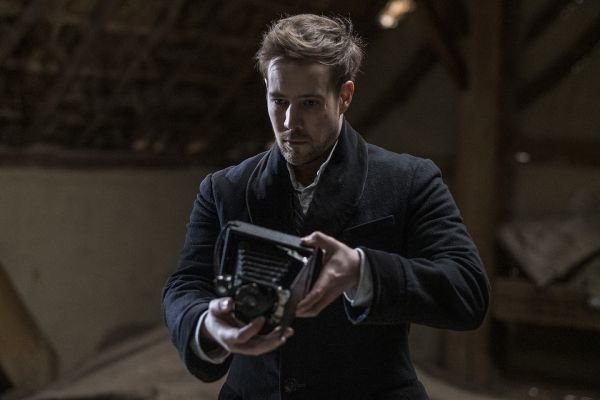
Funeral photography became popular in the Victorian era when “memento mori” were all the rage but too expensive for most to collect. Photography was quickly evolving from its infancy of daguerreotype print to the more affordable paper format, and frameable photos of the deceased became a high demand product. At the time, it was a widely accepted practice in larger European and American cities, but small villages were still fearful of modern technology mingling with esoteric matters like death and spirits. While Tomas is preparing a recently deceased young woman for her portrait in a market tent, young orphan Anna (Fruzsina Hais) watches with fascination. When Tomas discovers her lurking, she tells him that she lives in a small town nearby where many bodies are being stored in a barn until the ground thaws enough to bury them and invites him to come back with her to take their pictures.
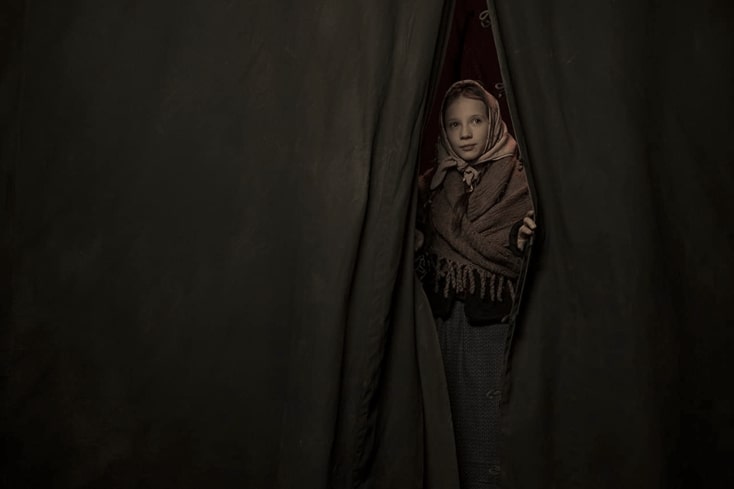
What follows is easily one of the best ghost stories ever made. The plot is not complex; Tomas and Anna must work together to figure out what is haunting the village, and why. Anna is an unusually confident 10-year-old girl, and as the story unfolds, we find out why. Her intelligence and fearless independence work well with Tomas’s acceptance of death as fact and technical capability. She and Tomas are tied for a reason, and only they can stop the evil presence that has been culling the villagers all winter.
The cinematography (Andras Nagy) is simply stunning. Nagy brilliantly uses a winter barren landscape and simple village aesthetic as the backdrop for a mix of traditional ghost story elements (things moving around on their own, invisible feet running across the attic) and jaw-dropping special effects that are truly unique. Bergendy’s ability to develop the relationship between the film’s heroic duo of Tomas and Anna without tainting its innocence displays his intimate understanding of human psychology. His greatest strength, though, is his ability to make every scary scene believable. His characters react realistically, not absurdly, discovering each new horror as normal people would. When Tomas is shocked or scared, the viewer is, too. Where Anna’s character could be misunderstood in a modern-day story, the viewer understands her motivation and openness in this timeline and under these circumstances. Both actors are phenomenal, and the supporting cast is full of talent that deserves to be featured in their own leading roles. (Judit Schell as Marcsa, Andrea Ladanyi as Auntie, Zsolt Anger as Imre)
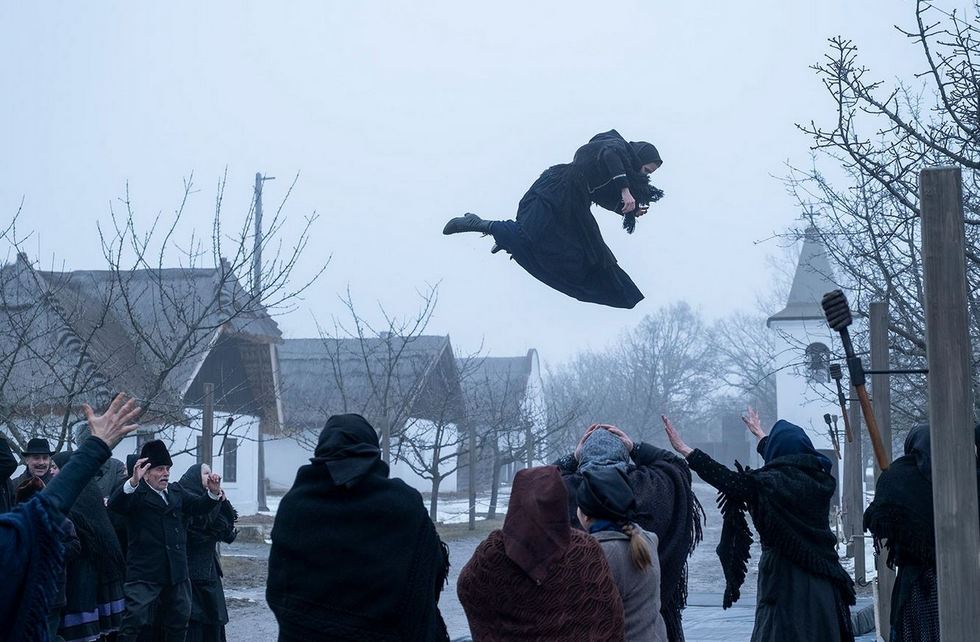
The entire film centres around death and evil. Bergendy has commented that it is a depiction of the true horror that befell Hungary at the time: the loss of two-thirds of their land in the war. The village loses two-thirds of its population between the war, the Spanish Flu, and the entities that crawl their walls in darkness. The desperate need to stop the evil presence from taking any more villagers can be seen to represent Hungary’s fight to protect its remaining population from future unseen forces.
Post Mortem is a period piece with award-winning costumes and sets, and the scares are designed to align with the times. These are not high-quality CGI spectacles, however, because those would not fit the more archaic aesthetic to cause a particular dissonance. Bergendy’s careful scripting, combined with Nagy’s phenomenal camerawork, blend to become an unforgettable horror film that is sure to win major awards. It is nominated for the Best International Feature Film in the 2022 Academy Awards and has rated 100% on Rotten Tomatoes.
I’ll be watching for more horror films from Bergendy and his team; Post Mortem is now on my list of all-time favourite movies.
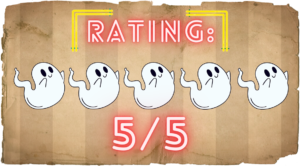
Post Mortem was viewed at the Toronto After Dark Film Festival of 2021.
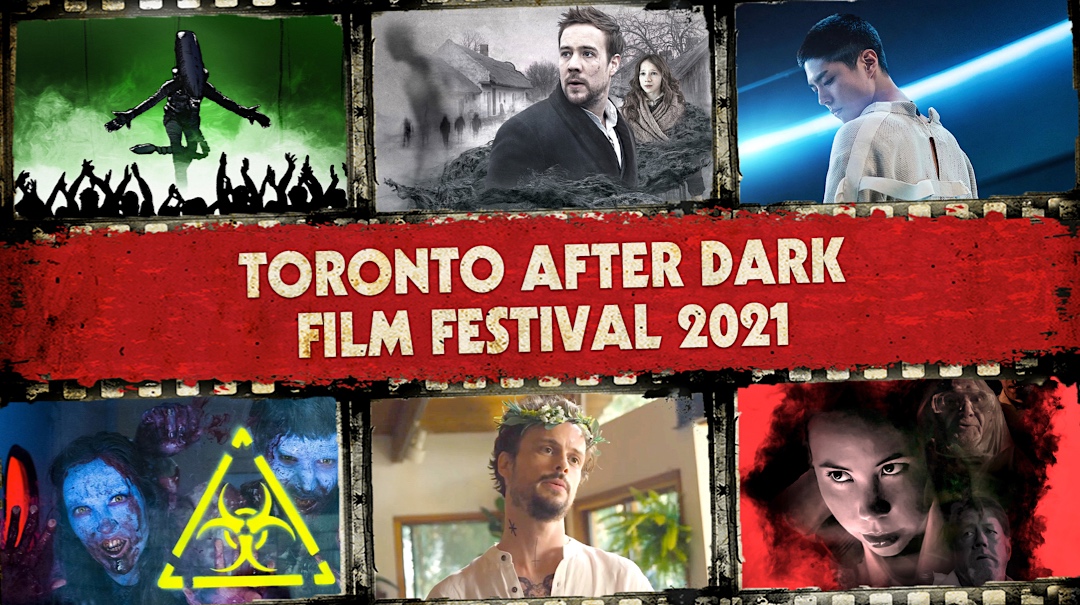
More Film Festival Coverage
Interview with Filmmaker, Writer, Artist and Performer Johannes Grenzfurthner
Writer/director and the founder and artistic director of monochrom, Johannes Grenzfurthner is one of the most unique voices in cinema today. We were lucky enough to catch both Masking Threshold…
On the 3rd Day Film Review – Fantasia Festival 2021
Anyone who’s been in a car accident understands disorientation; the lack of clarity of what just happened, the realization that time does indeed slow down, it’s not some old wife’s…
Homebound (2021) Film Review – Family Secrets Can be Deadly
Meeting your partner’s family for the first time can be a drag, having to find out how well you get along in the family dynamic or learn some truths you…
Unnamed Footage Festival 666 (2023) Short Films Collection- A Short, Sharp Shock to the System
Bringing you more found footage and POV horror than you can shake a stick at, Unnamed Footage Festival is back at it once again with an incredible lineup for 2023….
Girl Internet Show: A Kati Kelli Mixtape (2020) Film Review – From The Outside Looking In [Fantastic Fest]
Girl Internet Show: A Kati Kelli Mixtape is a curated mix tape of the work of one Kati Kelli, a YouTube content creator who tragically passed away in 2019 due…
Wesens (2020) Film Review – A Subversive Mystery From The Afrikaans Sky
In 1967, four South African Republican Intelligence Agents respond to a mysterious object crash landing on a farm, playing out to offer South Africa’s first found footage horror movie. They…
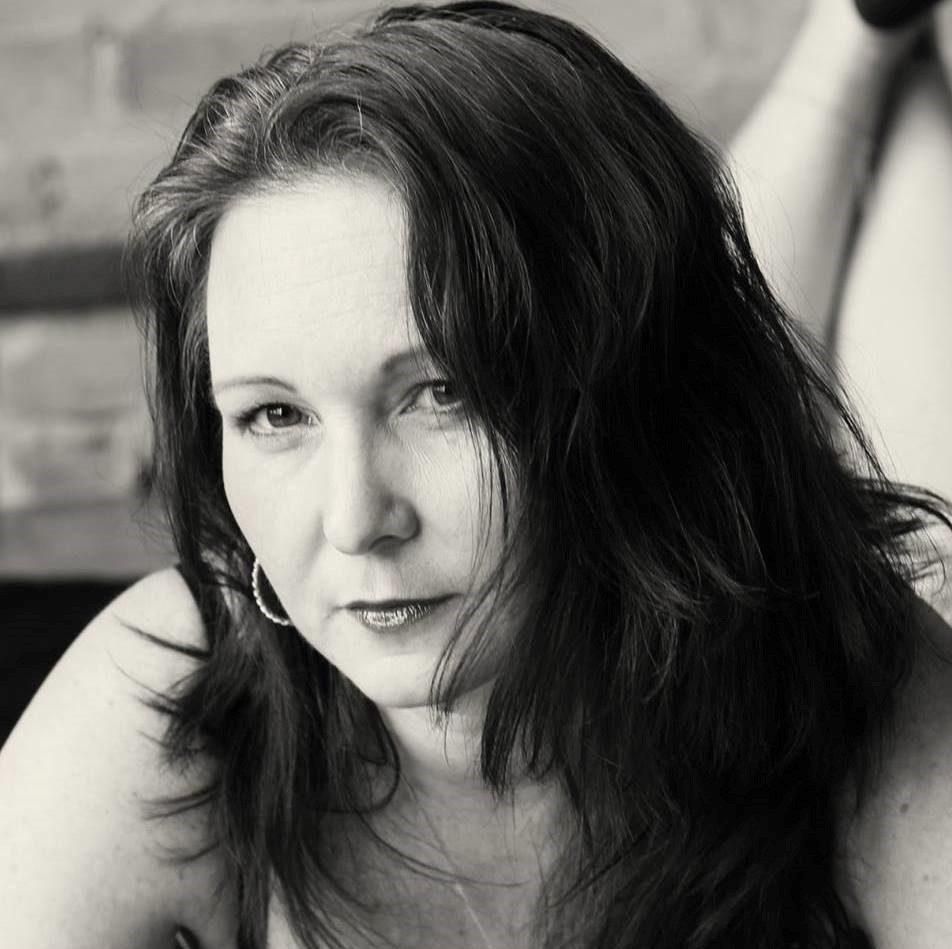
Kate’s love of all things dark began as a child and deepened when she realized what being an adult meant. She was born with a pencil in her hand and loves nothing more than writing horrific stories to tantalize her inner demons. Kate lives in Hamilton, Ontario Canada with her husband and her boys, stirring up trouble wherever she can.

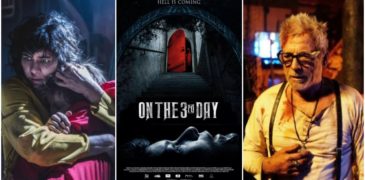
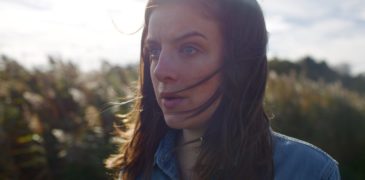

![Girl Internet Show: A Kati Kelli Mixtape (2020) Film Review – From The Outside Looking In [Fantastic Fest]](https://www.grimoireofhorror.com/wp-content/uploads/2024/09/Girl-Internet-Showcover-365x180.jpg)
